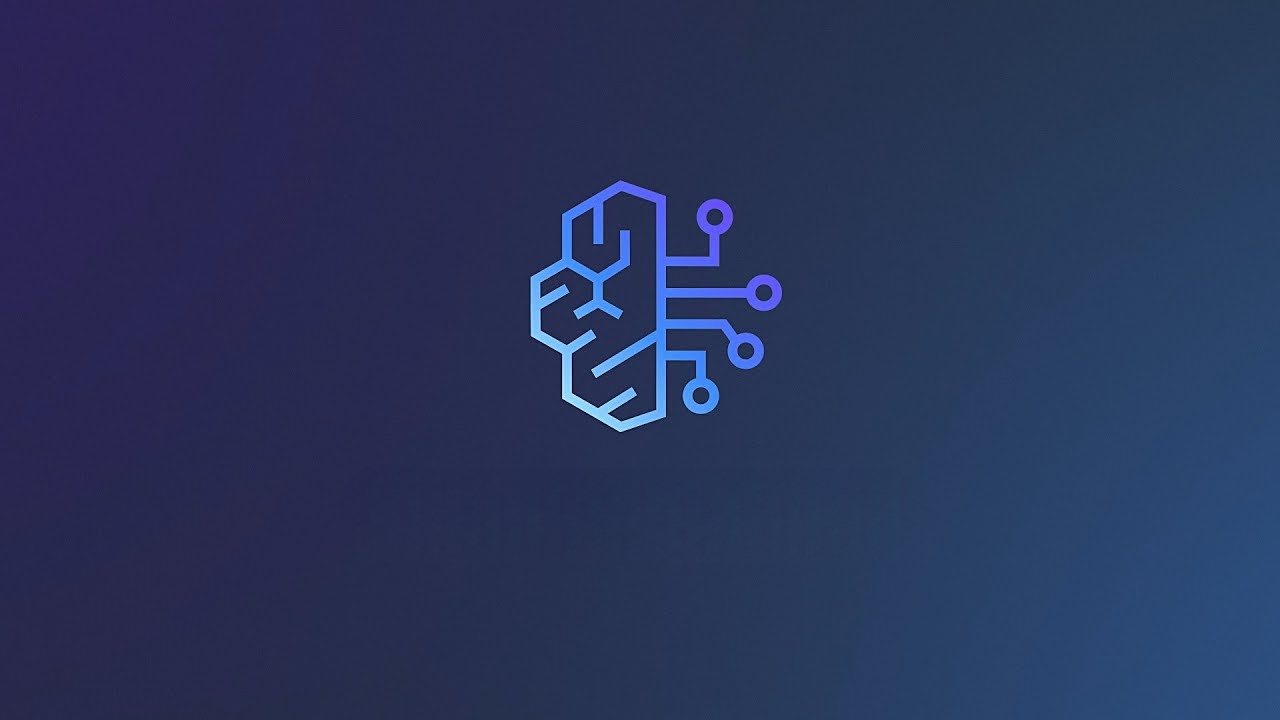
- Yuto Misaki
Another week, another Microsoft service outage? Latest news has confirmed a Microsoft Azure cloud application and Microsoft 365 service outage due to a distributed-denial-of-service (DDoS) cyberattack. Australian Banking Apps, Media firms including Sky News, Starbucks are some of the big names amongst the numerous companies affected by the outage.
What is a DDoS Cyber-attack?
A distributed denial-of-service (DDoS) attack is a malicious attempt to disrupt the normal traffic of a targeted server, service, or network by overwhelming it with a flood of Internet traffic. These attacks utilize multiple compromised computer systems (including IoT devices) as sources of attack traffic. Imagine it like an unexpected traffic jam clogging up the highway, preventing regular traffic from reaching its destination.
In a Distributed Denial-of-Service (DDoS) attack, the attacker overwhelms a target system by flooding it with an excessive amount of traffic. Here’s how it typically unfolds:
Botnet Formation: The attacker assembles a botnet, a network of compromised computers (often infected with malware). These bots become unwitting participants in the attack.
Target Selection: The attacker identifies a target—usually a website, server, or network. High-profile websites, financial institutions, and online services are common targets.
Traffic Flood: The botnet generates a massive volume of requests or data packets directed at the target. This flood of traffic consumes the target’s resources (bandwidth, processing power, memory), rendering it unable to respond to legitimate requests.
Variety of Attacks:
Volumetric Attacks: Overwhelm the target’s bandwidth (e.g., UDP floods, ICMP floods).
Protocol Attacks: Exploit vulnerabilities in network protocols (e.g., SYN floods, DNS amplification).
Application Layer Attacks: Target specific services or applications (e.g., HTTP floods).
How to Mitigate DDoS Attack?
Mitigating Distributed Denial-of-Service (DDoS) attacks is crucial for maintaining the availability and security of your services. Here are some best practices:
Recognize the Signs:
Familiarize yourself with signs of an ongoing DDoS attack. These may include sudden traffic spikes, service degradation, or unresponsive servers.
Attack Surface Reduction:
Limit exposure by restricting traffic to specific locations.
Implement a load balancer to distribute traffic efficiently.
Block communication from outdated or unused ports, protocols, and applications.
Use DDoS Failsafe:
Set up automated triggers to divert traffic during an attack.
Route traffic through a DDoS protection service.
Install DDoS Mitigation Tools:
Consider cloud-based solutions that provide scalability and agility.
Use rate limiting, IP blocking, and traffic rerouting.
Have a Disaster Recovery Plan and Monitor Suspicious Activity:
Prepare for worst-case scenarios. Ensure backups, redundancy, and failover mechanisms.
Continuously monitor network traffic. Detect anomalies and respond promptly.
A comprehensive approach that combines security and performance is essential to tackle such attacks. Always stay informed about such incidents to ensure business continuity! Want to discuss about Cyber Security? Talk to our experts.













